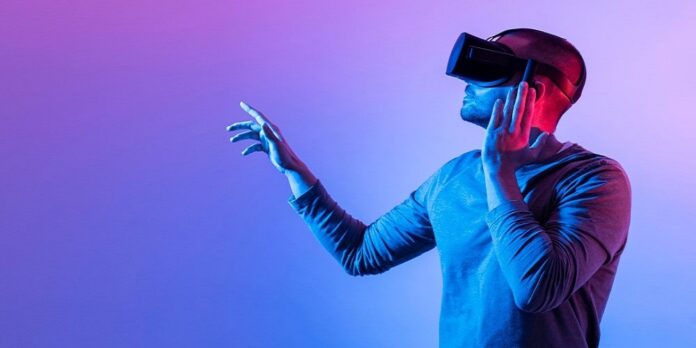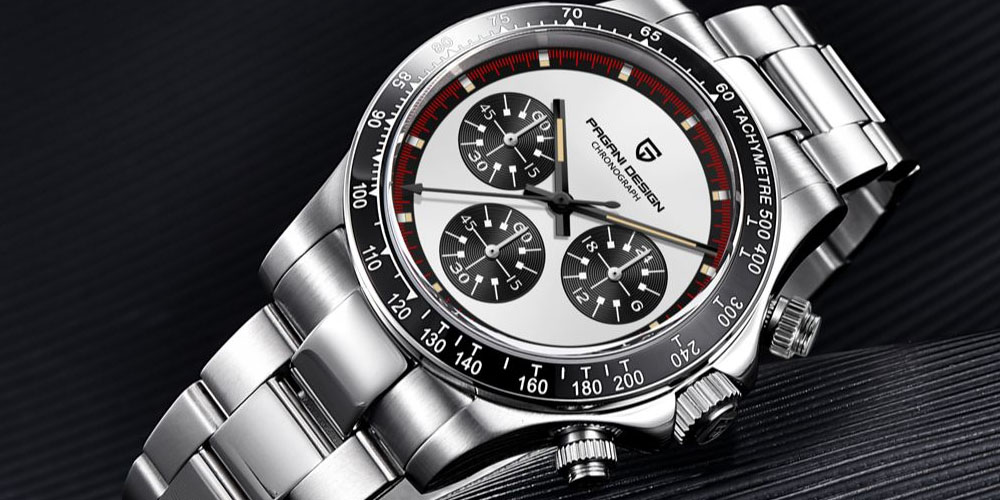VR glasses have completely changed how we perceive virtual reality. VR lenses have grown in popularity recently thanks to their capacity to take us to various settings and experiences. As with any new technology, it’s crucial to be aware of any risks arising from repeated use. One of these dangers is exposure to blue light, which can harm our eyesight. This article will cover what you should know about blue light filters and vr lenses. Various websites sell prescription and blue light filter lenses for VR headsets; you can visit those and can purchase one for yourself.
What are VR Lenses?
Virtual reality (VR) lenses are specialized glasses in VR headsets to enhance the immersive VR experience. These lenses are made to offer a wider field of view and a higher resolution than standard lenses to achieve the sensation of being completely immersed in a virtual world. Glass and plastic are just two of the many materials that can be used to create the lenses, which can also be tailored to fit the demands of a VR headset.
Blue Light and Its Effects on Yur Eyesight
Electronic gadgets like smartphones, tablets, and computer screens emit blue light. The sky looks blue because it is present in natural light as well. While blue light is necessary for regulating our circadian rhythm, which manages our sleep-wake cycle, it can harm our eyesight when exposed for extended periods. According to studies, blue light exposure can lead to digital eye strain, which manifests as symptoms like headaches, dry eyes, and blurred vision. A leading cause of blindness, age-related macular degeneration, can also be exacerbated by prolonged exposure to blue light.
What is a Blue Light Filter?
Some VR headsets and other electronic devices have a blue light filter built to lessen the blue light that reaches our eyes. This feature works by filtering out blue light and replacing it with warmer colors that are less damaging to our eyes. A blue light filter can help lower the risk of digital eye strain and other eye-related problems by reducing the amount of blue light that reaches our eyes. A blue light filter is built into the lenses of some VR headsets, but not all of them; some of them need to be used with external filters. The VR headset can be equipped with external filters attached and customized to the user’s needs. These filters have various strengths depending on how much blue light needs to be blocked.
Conclusion
VR lenses have revolutionized the way we experience virtual reality, but it’s important to be aware of the risks that could arise from repeated use. Blue light exposure can harm our eyesight by increasing the risk of age-related macular degeneration and causing digital eye strain. However, these risks can be reduced by using a blue light filter. Blue light filters are increasingly common in VR headsets, and external filters are also available for those who want more customization. You can continue to enjoy the immersive VR experience without endangering your health by taking precautions to protect your eyesight.














